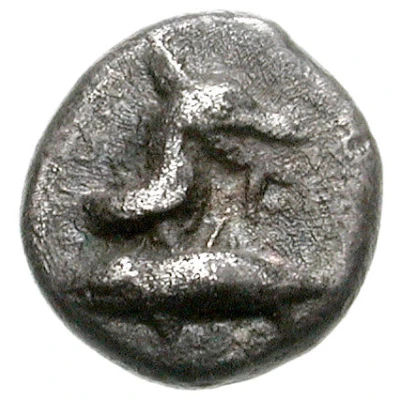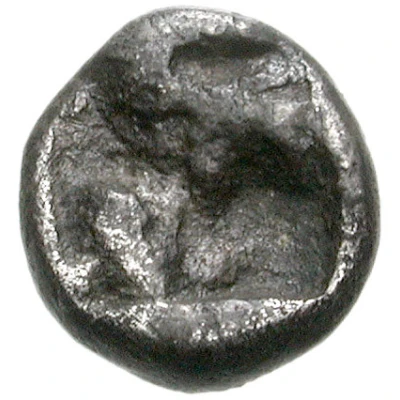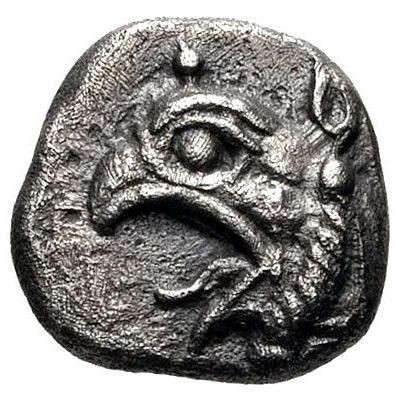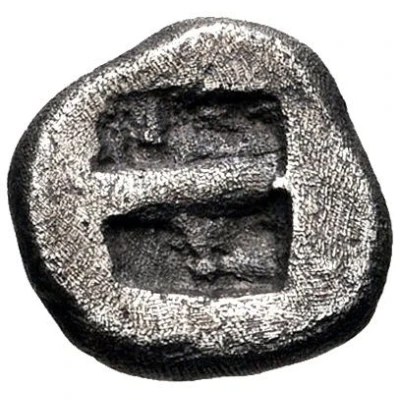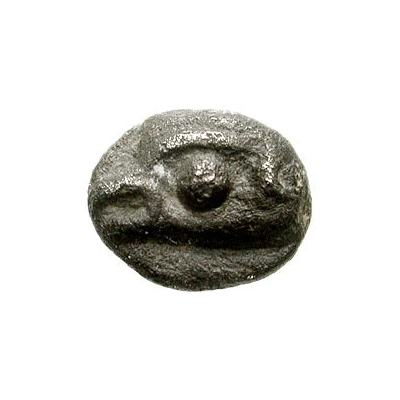
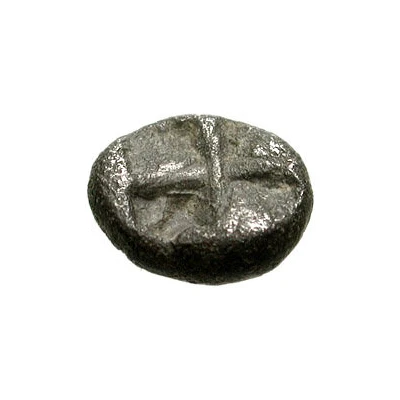

© Classical Numismatic Group, Inc.
Obol 600 BC - 500 BC
| Silver | 0.39 g | 7.0 mm |
| Issuer | Phokaia (Ionia) |
|---|---|
| Type | Standard circulation coin |
| Years | 600 BC - 500 BC |
| Value | Obol (⅙) |
| Currency | Drachm |
| Composition | Silver |
| Weight | 0.39 g |
| Diameter | 7.0 mm |
| Shape | Round (irregular) |
| Technique | Hammered, Incuse |
| Demonetized | Yes |
| Updated | 2024-10-09 |
| Numista | N#148412 |
|---|---|
| Rarity index | 97% |
Reverse
Quadripartite incuse square
Comment
Possibly issued concurently as the Myshemihekte issue of the late 7th centuryInteresting fact
The Obol coin was used as a form of currency in ancient Greece and its design featured a dolphin, which was a symbol of the city of Phokaia. The dolphin was depicted jumping out of the water, and this image was meant to represent the city's strong maritime tradition and its connection to the sea. The use of the dolphin as a symbol of Phokaia can be traced back to the 6th century BC, and it continued to be used on coins and other artifacts for centuries. This coin is a great example of how ancient cities used their currency to express their unique identities and cultural values.
